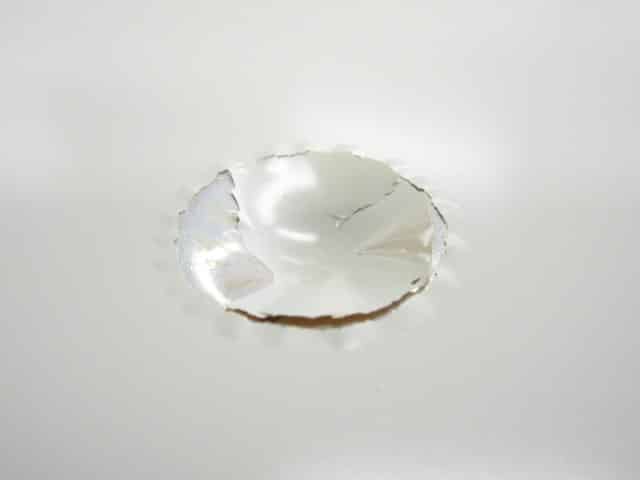ASTM D4226
Standard Test Methods for Impact Resistance of Rigid Poly(Vinyl Chloride) (PVC) Building Products
ASTM D4226 is a standard test methods for impact resistance of rigid poly (vinyl chloride) (pvc) building products. This test assesses the energy required to crack or break rigid plastics sheeting and profile flat sections employed in building products as well as extruded or molded test samples, under specified conditions of impact from a free-falling standard weight striking an impactor with either of two configurations in contact with the specimen. The equipment used for this impact resistance test method is the same used for ASTM D2794 and ASTM D5420. Micom Laboratories offers ASTM D4226 as part of its polymer test services.
Impact resistance of rigid poly building products
 There are two distinct procedure in ASTM D4226: procedure A and B. Procedure A is employed to establish the minimum impact energy necessary to cause failure in the form of a hole, crack, split, shatter, or tear. It establishes the height from which a standard falling 8 lb (3,6 kg) weight will cause 50 % of the specimens to fail. The minimum impact energy required to cause brittle failure can be gauged by procedure B. This procedure establishes the height from which a standard falling 8 lb weight will cause 50 % of the specimens to fail in a brittle mode. Constant weight and variable height, employed in these test methods, allow the velocity of impact to vary and in this way, by Procedure B, can determine the energy of ductile-to-brittle transition. This would not be possible with the drop of a variable weight from a constant height. Various impactor heads can be used as a function of the material’s mechanical properties such as toughness, thickness as well as the anticipated mode of failure.
There are two distinct procedure in ASTM D4226: procedure A and B. Procedure A is employed to establish the minimum impact energy necessary to cause failure in the form of a hole, crack, split, shatter, or tear. It establishes the height from which a standard falling 8 lb (3,6 kg) weight will cause 50 % of the specimens to fail. The minimum impact energy required to cause brittle failure can be gauged by procedure B. This procedure establishes the height from which a standard falling 8 lb weight will cause 50 % of the specimens to fail in a brittle mode. Constant weight and variable height, employed in these test methods, allow the velocity of impact to vary and in this way, by Procedure B, can determine the energy of ductile-to-brittle transition. This would not be possible with the drop of a variable weight from a constant height. Various impactor heads can be used as a function of the material’s mechanical properties such as toughness, thickness as well as the anticipated mode of failure.
These test procedures have been found to be useful in compound qualification, finished product quality control, environmental and weatherability research and development studies, and fabrication tolerance prediction.
Typical experimental parameters for ASTM D4226
- Number of specimen/product: When the approximate mean failure height for a given sample is known, 20 specimens are usually needed. If this height cannot be approximated, six or more specimens should be added to determine the appropriate starting point of the test.
- Specimen dimensions: At least 0,75 in. (19 mm) wide
- Impactor head configuration: Conical impactor C.125 (useful to ensure failure thicker specimens) or H.25 impactor
For additional test methods related to ASTM D4226, please see; ASTM D2794, ASTM D5420, Accelerated Aging.
If you have any questions about ASTM D4226 test, we invite you to contact us today. It will be our pleasure to answer your questions about this test and review your custom material testing requirements.

